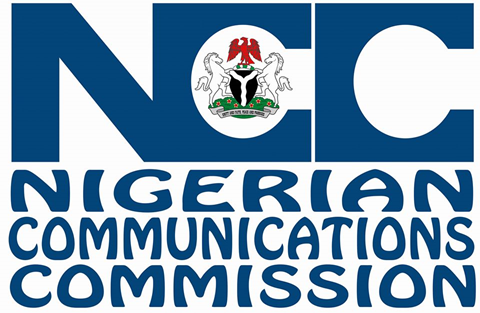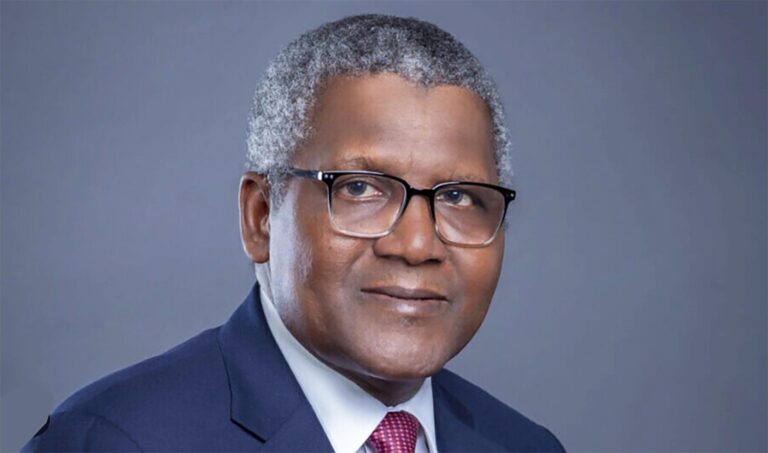Nigeria’s Debt Management Office (DMO) is inching closer to its target of sourcing 60 percent of funds from external sources and 40 percent from internal sources.
A perusal of the country’s debt composition following the release of Q1 2018 debt profile released by DMO recently, showed that the ratio of domestic to external debt composition improved to 70 percent external, against 30 percent internal in Q1-18, compared to (73%/27%) in 2017 and (80%/20%) in 2016.
“Nevertheless, the disparity between the DMO’s 60%/40% target and the current standing implies that more external borrowings may be underway,” says analysts at United Capital.
The analysts however “implored caution as rate hikes by the Fed and policy normalization by the ECB and BOE points to higher external debt servicing amid potential FX risk.”
As at the first quarter of 2018, Nigeria’s total debt stood at N22.7 trillion, a 4.5 percent increase from the debt stock of N21.7 trillion as at end of 2017.
“This is in pursuant to the DMO’s strategy to not only increase “low-cost” foreign borrowing but also substitute “high cost” domestic debt. This triggered the Eurobond earlier issued to redeem local treasury bills (NTBs); and specifically, in Q1-18, a total N279.7 billion NTBs were redeemed as the proceeds from the Feb-18 $2.5 billion Eurobond came handy,” they said.
Beyond minimizing costs, the DMO’s strategy also intended to curb government’s borrowing from crowding out lending to the private sector.
While lower issuance by the DMO has supported the sharp moderation in yields and has stimulated increased corporate issuances, the analysts noted that credit to the private sector remained weak at -0.5 percent quarter on quarter in Q4-17 and -0.9 percent q/q in Q1-18, as lending rate stays elevated.








